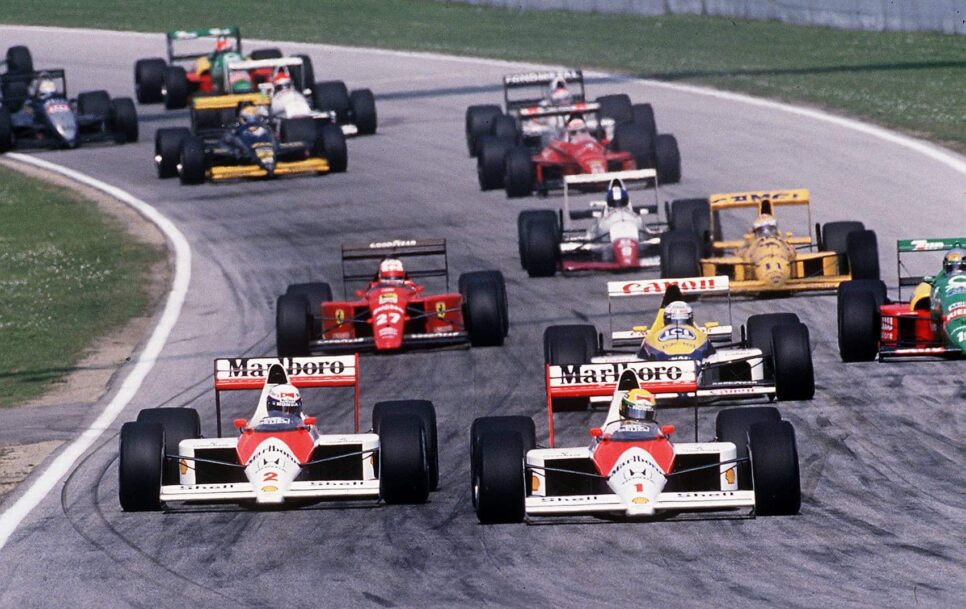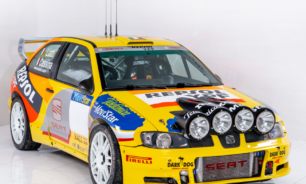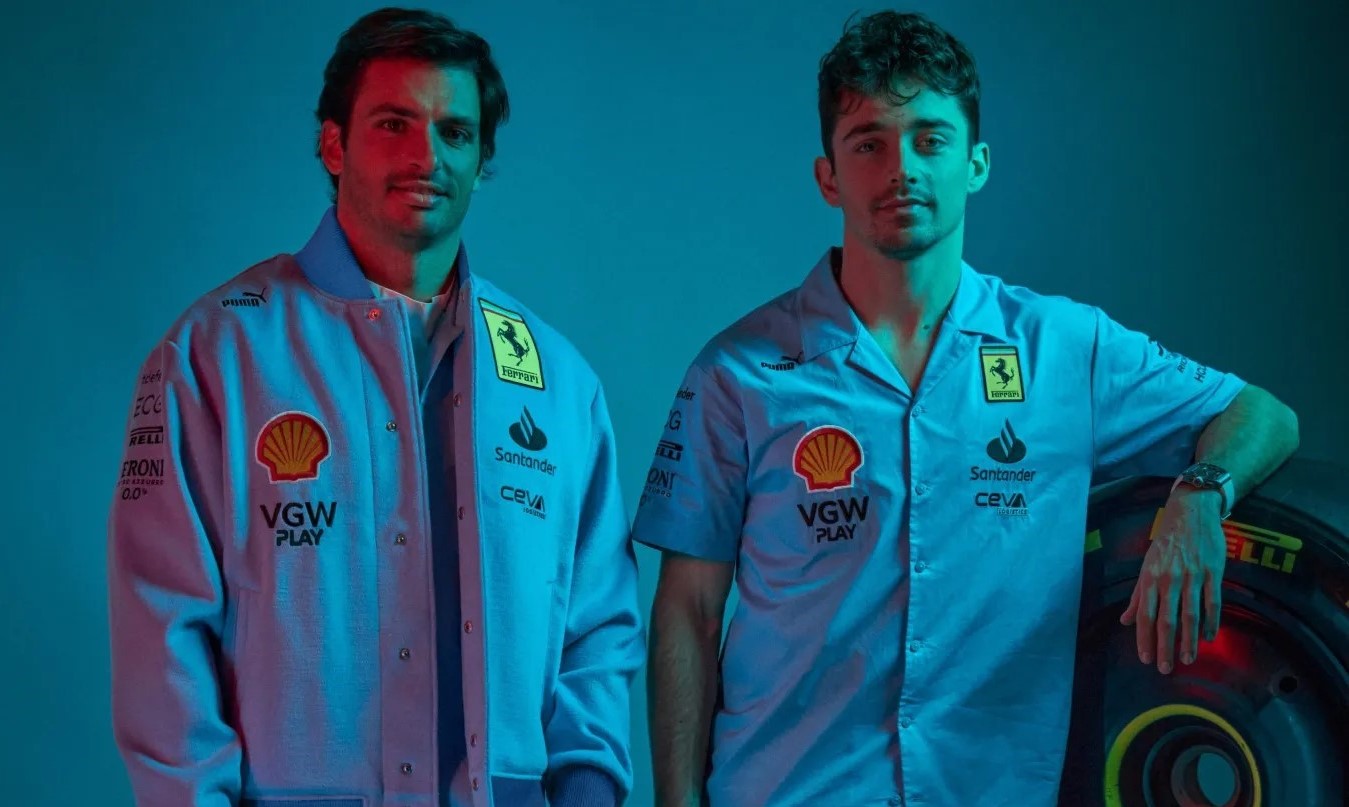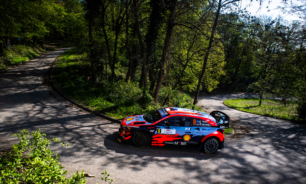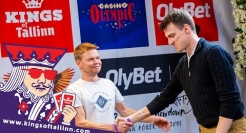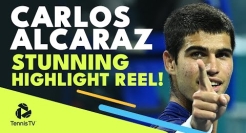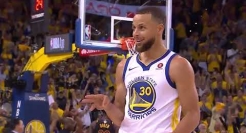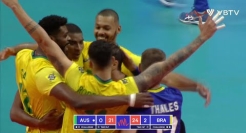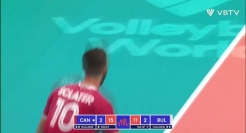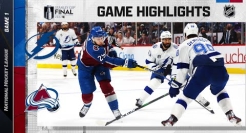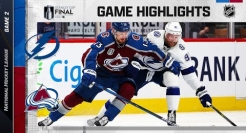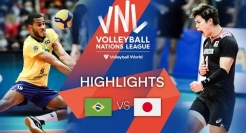30 years since the Imola tragedy – Ayrton Senna and Roland Ratzenberger’s last GP
This weekend’s Emilia Romagna GP is better known among Formula fans by its city, Imola. But if you mention keywords like “Imola” and “May”, you cannot miss the tragic events that took place there 30 years ago, resulting in the deaths of Roland Ratzenberger and three-time world champion Ayrton Senna.
The 1994 San Marino GP shook F1 as badly as it did at Hockenheim in 1968 when two-time world champion Jim Clark passed away.
At the end of the shocking weekend, nobody cared that Michael Schumacher had extended his success in the World Series, that Nicola Larini had earned the first points of his career or that Mika Häkkinen and Karl Wendlinger had a heated duel for third place.
A weekend of horrors had been left behind, which can only be compared in its tragedy to the 1973 Indianapolis race or the 1960 Belgian GP when two people also finished on the heavenly racetracks, so to say.
A warning named Barrichello
Back then, fate already hinted at his evil plans in Imola during Friday’s free practice, when Rubens Barrichello, who was racing with Jordan, took off while driving on the curb at a speed of 225 km/h while exiting the Variante Bassa corner and crashed into the tire wall.
The Brazilian lost consciousness because of the massive collision – its strength was measured at 95 G – and he was taken out of the machine only by the medics who rushed to the scene. FIA doctor Sid Watkins was the one who helped Barrichello to regain consciousness, after which he was flown to hospital, where he was diagnosed with a broken nose and a wrist injury. The next day, the Brazilian was back on the circuit, but because of the splint placed on his hand, as a spectator, not a competitor.
Damon Hill, the 1996 world champion, later recalled that hearing about Barrichello’s injuries reassured the rest of the drivers that their formulas are stronger than tanks, which can be hit hard but still not get seriously injured. However, as we learned a day later, that line of thinking turned out to be very, very wrong.
Ratzenberger’s sudden death
Qualifying for the Imola GP had only lasted 18 minutes when everything stopped. Austrian driver Roland Ratzenberger essentially ran head-on into a concrete wall when exiting the Villeneuve corner. Although the cockpit of the Simtek Formula remained more or less intact in the accident, the force of the collision proved fatal for the Austrian: he died instantly.
The investigation of the accident later revealed that Ratzenberger had damaged the front wing of his formula while going over the curbs in the Acque Minerali chicane a lap earlier, but before coming to the pits, the debutant decided to go for another fast lap.
However, the damaged front wing gave way and broke under the bottom of the formula, where it got stuck. At the same time, it lifted the formula’s front wheels slightly into the air, causing the Austrian to completely lose control and went out in the Villenueve corner at a speed of 314 km/h.
Unfortunately for Ratzenberger, there were no tire walls or other impact-absorbing installations at this location, so he hit the concrete wall directly. The G-force of the crash was measured at 500 G, which is the largest impact recorded in F1 to date.
That first accident
Ratzenberger’s death was the first fatal crash on a race weekend since the 1982 Canadian Grand Prix in which Riccardo Paletti was killed. However, it was not enough to cancel the race. The time trial was also continued after the track was cleared: it was won by Ayrton Senna.
The 1994 Imola GP started with a similar big accident: Benetton’s JJ Lehto’s formula stalled on the starting line after the red lights went out, but Pedro Lamy, who had started from behind, didn’t notice it, so he collided into it from behind.
Although both men survived the collision, the entire starting line was full of car fragments. Thus, a safety car was called to the track, and the drivers pulled behind it so that the workers could clean the track.
At this point, however, it is worth emphasizing that the safety car was a relatively new phenomenon at the time, which had been introduced in F1 only a year earlier, and many drivers, led by Senna and Gerhard Berger, had complained before the Imola GP that it drives too slowly, which is why the tires of the formulas cool down and traction is reduced.
A tragic second accident
By the fifth lap, the crew managed to clear the track and the race could continue at full speed. Senna and Michael Schumacher, who started from second place, were the ones who took the lead.
It promised to be an awesome duel, but it came to a tragic and untimely end in the seventh lap. Namely, Senna was not able to control his formula in the fast left Tamburello corner, which is generally driven flat out at 300+ km/h and ran into the concrete wall.
Although the Brazilian managed to brake just before the collision, the accident still occurred at 211 km/h, which was unfortunate enough. Thus, after arriving at the scene, FIA Chief Medical Officer Sid Watkins had no choice but to state: the three-time world champion was dead.
However, this information was not immediately shared widely. The Brazilian was removed from the formula and taken to the hospital, as prescribed by the protocol. Then the race continued, which ended with Schumacher’s triumph, but two and a half hours after the checkered flag fell, doctors at the Maggiore Hospital also informed the public.
The track workers who cleaned up Senna’s accident also found an Austrian flag at the accident site, which, as it turned out later, Senna had with him in the car to honor Ratzenberger, who had passed away the day before at the end of the race.
The gesture remained undone, but at the next Monaco GP, the first two starting positions were painted in the colors of the Brazilian and Austrian flags to honor the men, and a minute’s mourning was held.
Why Senna, a three-time world champion and winner of 41 F1 GPs, drove off the track in Imola is still not known, because when his wrecked car arrived at the pits, an unknown man appeared there, taking the car’s black box with him. It has never been seen since.
Without it, however, the investigation was difficult to conduct, and in 2007 – yes, 13 years after the accident – it was determined that a defective steering column had caused the crash. However, it was not irrefutably confirmed, so it cannot be ruled out either a mistake on the part of the driver or a burst tire due to microparticles on the track…
The start lights of the Emilia Romagna GP go out at 16:00 on Sunday and in the next two hours it will be clear whether Max Verstappen will again be (inevitably ) victorious or whether things will become truly exciting again.





